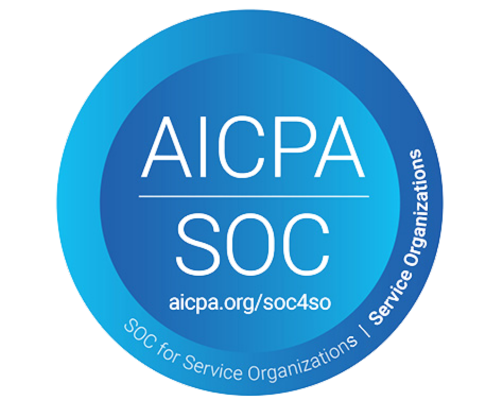Are Your Seasonal Employees Complicating ACA Compliance?

Halloween hasn’t passed and yet box chains are already stocking up on Christmas decorations, which means the holiday season is here while business owners are hiring thousands of seasonal workers to accommodate increased demand, some employers — like those in retail and hospitality — might not realize that seasonal workers can have serious consequences for Affordable Care Act (ACA) compliance.
These workers are treated differently from their full and part-time counterparts for ACA reporting purposes, thus introducing a new layer of complexity to manage. The safest course of action for employers is to continue their due diligence when properly tracking and reporting on all employees this holiday season. Here’s what that means for restaurants, hotels, and retail owners hiring seasonal workers this fall:
Seasonal Employees and Determining Employer Status
These types of workers are hired to accommodate seasonal demand and work 120 days or less during a calendar year—for instance, lifeguards, ski resort personnel, harvesters, and holiday retail workers. They differ from part-time employees, who are defined by the number of hours worked per week, which cannot exceed 30 hours.
ACA requirements take into account seasonal workers when
determining an organization's applicable large employer (ALE) status. For organizations teetering on the ALE threshold (50 full-time equivalent employees), accurately tracking the hours worked by seasonal employees is crucial to maintaining compliance and avoiding IRS penalties.
Why is this important? Typically, an employer that has 50 or more full-time equivalent employees is considered an ALE and should be providing offers of healthcare coverage to any employee considered full time under the ACA.
However, if an employer has 50 or more full-time equivalent employees for only 120 days or fewer in the calendar year, and if the employees in excess of 50 during that period are seasonal workers, the employer is
not considered an ALE and therefore is
not required to make affordable healthcare coverage available.
Adding to the complexity, the tracking and reporting of seasonal workers (as well as part-time employees) in retail and hospitality industries is further complicated by the fact that these employees frequently swap shifts and cover shifts for each other, making it difficult for managers to track variable hours.
Other ACA Compliance Considerations
Employers that operate multi-location businesses, like restaurants and hotels, must also consider their potential status as a controlled group when adhering to ACA guidelines. For ACA purposes, multi-location entities that are part of a controlled group are treated as a single employer, which means the organization’s ALE status is based on the sum of the employees across all locations.
This further intensifies the tracking process for employers because they need to define their controlled group status and then determine where employees were offered healthcare coverage at which organization, making filing 1095-Cs more complex. At the same time, employers have to keep tabs on seasonal workers who may work at multiple locations to make sure they don’t reach full-time status.
Start Seasonal Employee Tracking Today
If you’re hiring seasonal workers, and you’re on the cusp of ALE status or part of a controlled group, you must remain diligent about maintaining accurate records. Tracking and consolidating the number of hours worked can be time-consuming and error-prone without the proper payroll technology and intelligent solutions.
By incorporating these models now, you will be able to ensure your auditability at a later date, which will be greatly appreciated when reporting season kicks off.
About HRlogics Compliance Hive
HRlogics ACA was the
first technology company to help employers tackle the complex landscape of healthcare and employment reporting and compliance and remains the industry leader in expert customer care. Our innovative
Clear ACA software streamlines the process effortlessly with a self-service option, employing advanced technology and a user-friendly interface.
Total ACA by HRlogics transcends being only software; it’s your ally in ACA compliance management, offering expert guidance, proactive assistance, and continuous monitoring to minimize IRS penalties by a tenured ACA expert.
Have Questions or Need More Information?
We will get back to you as soon as possible.
Please try again later.


HRlogics



